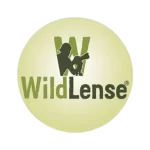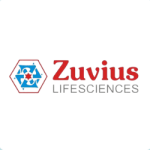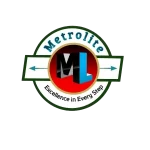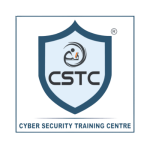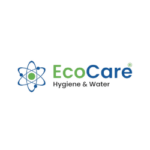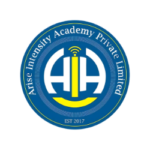How to Choose the Best Digital Marketing Channels
Starting a new business is exciting, but trying to market it can feel overwhelming. After all, there are so many online places to be: Google, Facebook, TikTok, email, and more. Therefore, new businesses often waste time and money by trying to be everywhere at once. Choosing the right digital marketing channels means picking just a few places that will give you the best results for your effort.
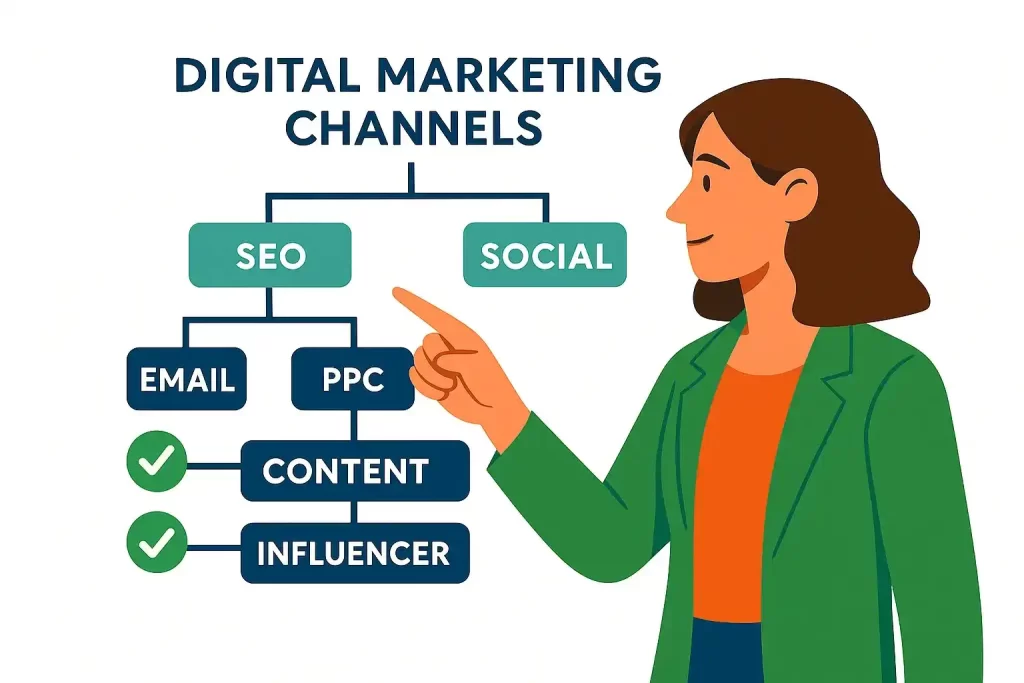
Start with Your Business Core
Before you spend a single dollar or minute on a channel, you need to know three things. First, you must know your goal: Do you want more sales today, or do you want to build a brand for the long run? Second, you need to know your target audience: Who are you trying to reach? Finally, you must be honest about your budget.
Know Your Audience and Goal
Different channels work for different goals. For example, if you sell a high-value service to other businesses (B2B), LinkedIn and Email Marketing are probably best. Conversely, if you sell trendy products to young people (B2C), Instagram and TikTok are much better choices.
| Goal | Best Channel to Start With |
|---|---|
| Quick Sales | Google Ads (PPC) or Targeted Social Ads |
| Long-Term Trust | Blog Content (SEO) and Email Newsletters |
| Visual Brand Building | Instagram and Pinterest |
| Reaching Professionals |
Analyse the Pros and Cons of Top Digital Marketing Channels
Each channel has its strengths and weaknesses. Thus, thinking about your limited resources will help you decide.
1. Search Engine Optimization (SEO) & Content
This is all about getting your website to show up high on Google for free (organic traffic).
- Pros: High trust from users; free traffic over time. Since the traffic keeps coming, it’s a great long-term investment.
- Cons: Very slow to start (can take 6+ months); needs lots of good, well-written content. Therefore, it’s not for quick results.
2. Pay-Per-Click (PPC) Advertising
This means paid ads on Google (Search Ads) or other search engines.
- Pros: Fast results, you can get traffic today; great for testing what people are willing to buy. Because you control the budget, it’s easy to stop and start.
- Cons: Expensive; as soon as you stop paying, the traffic stops. Consequently, you need a clear budget and a good landing page.
3. Social Media Marketing (Organic)
Building a following and posting non-paid content on platforms like Facebook, Instagram, or TikTok.
- Pros: Great for community and getting closer to your audience; good for visual brands. Also, it’s free to post content.
- Cons: Low reach without paid ads (many people won’t see your posts); can be a huge time-sink creating posts daily.
4. Email Marketing
Collecting emails and sending regular updates, deals, or useful info.
- Pros: High return on investment (ROI), it’s cheap and converts well; you own the list and aren’t subject to platform changes. Furthermore, it’s very personal.
- Cons: Needs good software; you must offer people a good reason to sign up (a freebie or ‘lead magnet’).
Create a Focused Digital Marketing Channel Mix
No business should pick just one channel. Instead, you should choose a few channels that work well together.
A good plan usually involves:
- One Strong Foundation: This is your website, optimized for a few key SEO phrases.
- One Key Traffic Driver: This might be PPC (for speed) or Social Media (if your audience lives there).
- One Nurturing Tool: This should almost always be Email Marketing to turn leads into buyers.
For instance, a new finance advice company should focus on SEO for long-term trust, run Google Ads for fast clients, and then use Email to send out weekly market updates. Ultimately, the goal is focus, not spread. Don’t be afraid to say “no” to channels that don’t fit your budget or your audience.
Confused about where to start? Let our experts craft a tailored Digital Marketing Roadmap for your business. Contact us today!
❓ Frequently Asked Questions (FAQ) on Digital Marketing Channels
Should a new business focus on SEO or PPC first?
If you need sales now and have a budget, start with PPC (Google Ads) to validate offers and get quick traffic. If you’re building for the long term and can wait for results, invest in SEO as the foundation for durable, low-cost traffic. Many startups do both: use PPC to discover winning keywords and feed those insights into SEO.
What is the most cost-effective Digital Marketing Channels for small budgets?
Email marketing typically delivers the highest ROI for small budgets. Pair it with organic SEO/content, low cash outlay, mostly the time. Use a simple lead magnet (checklist, template, mini-course) to grow your list and nurture conversions.
How do I know if a Digital Marketing Channel is working?
Track it. Add UTMs and connect channels to Google Analytics. Watch: site visits, sign-ups/leads, purchases. Calculate basics like conversion rate, CAC, and ROAS. Keep channels that hit targets, optimize underperformers, and cut what doesn’t move the needle after a fair test window.






